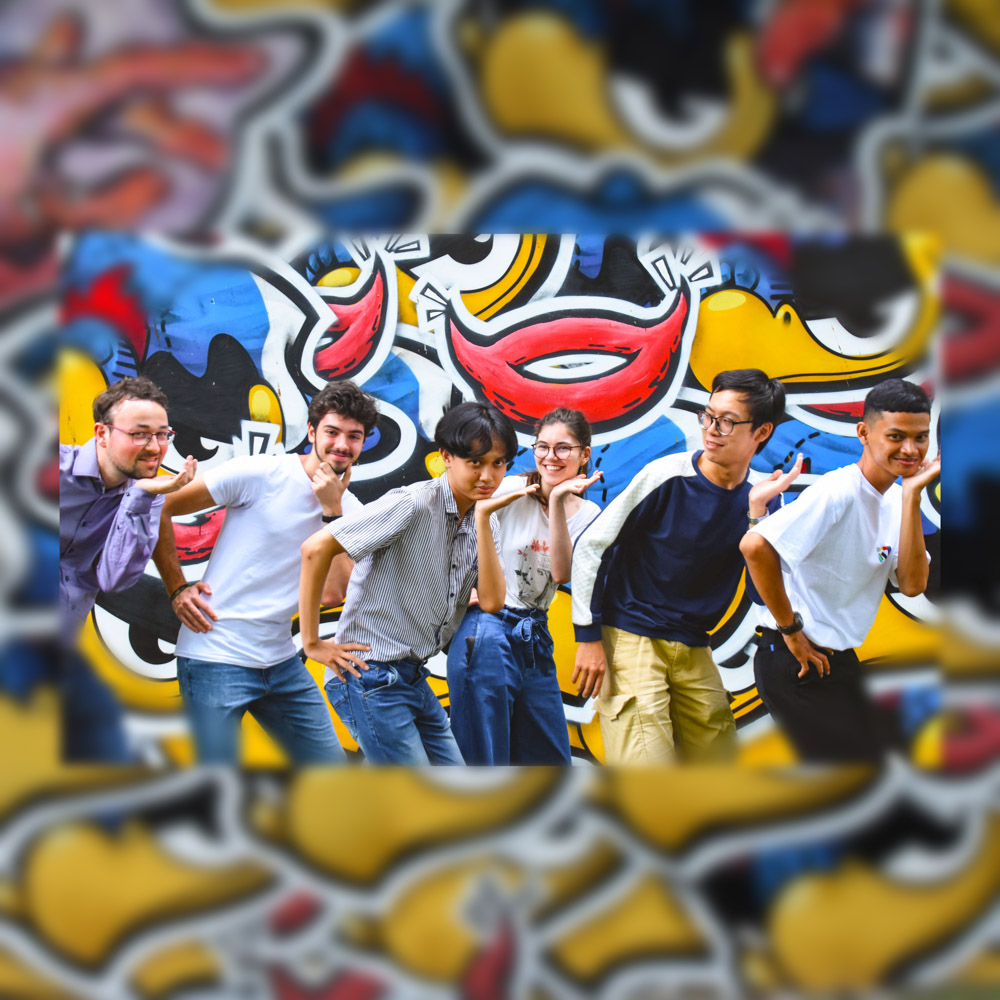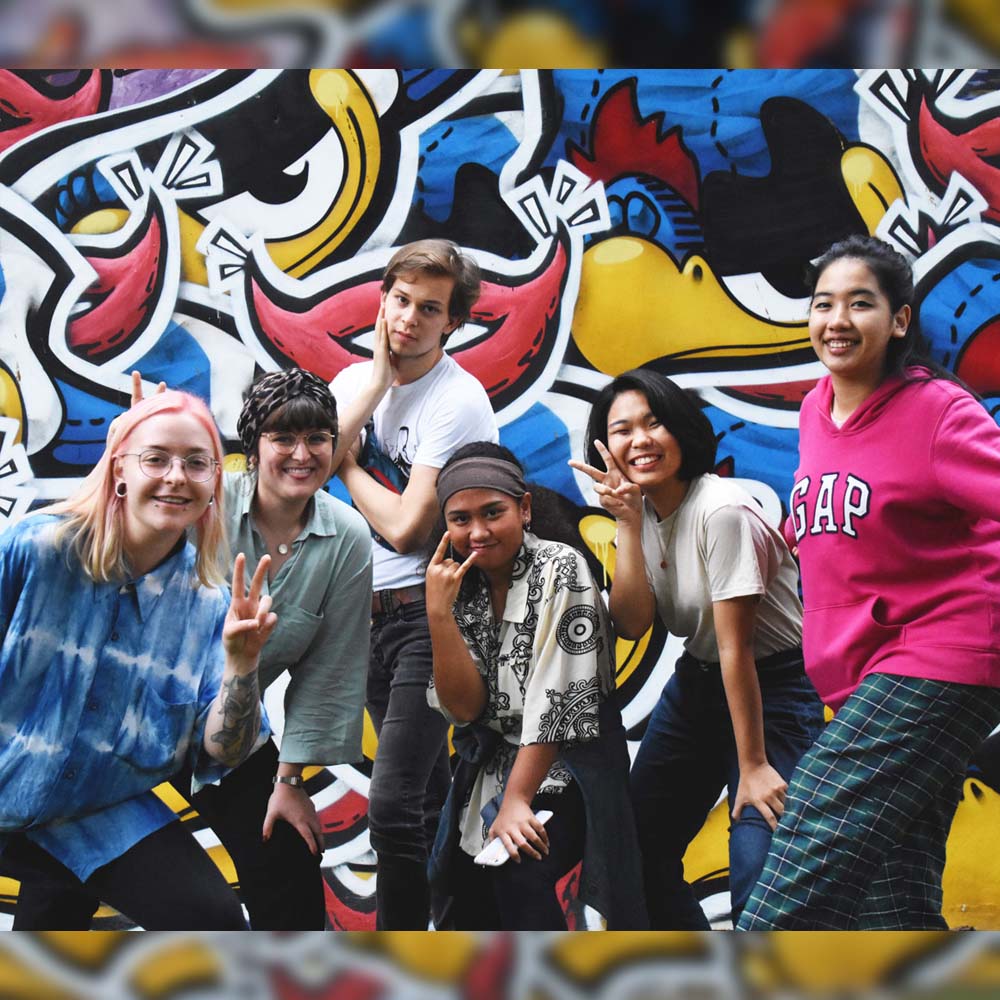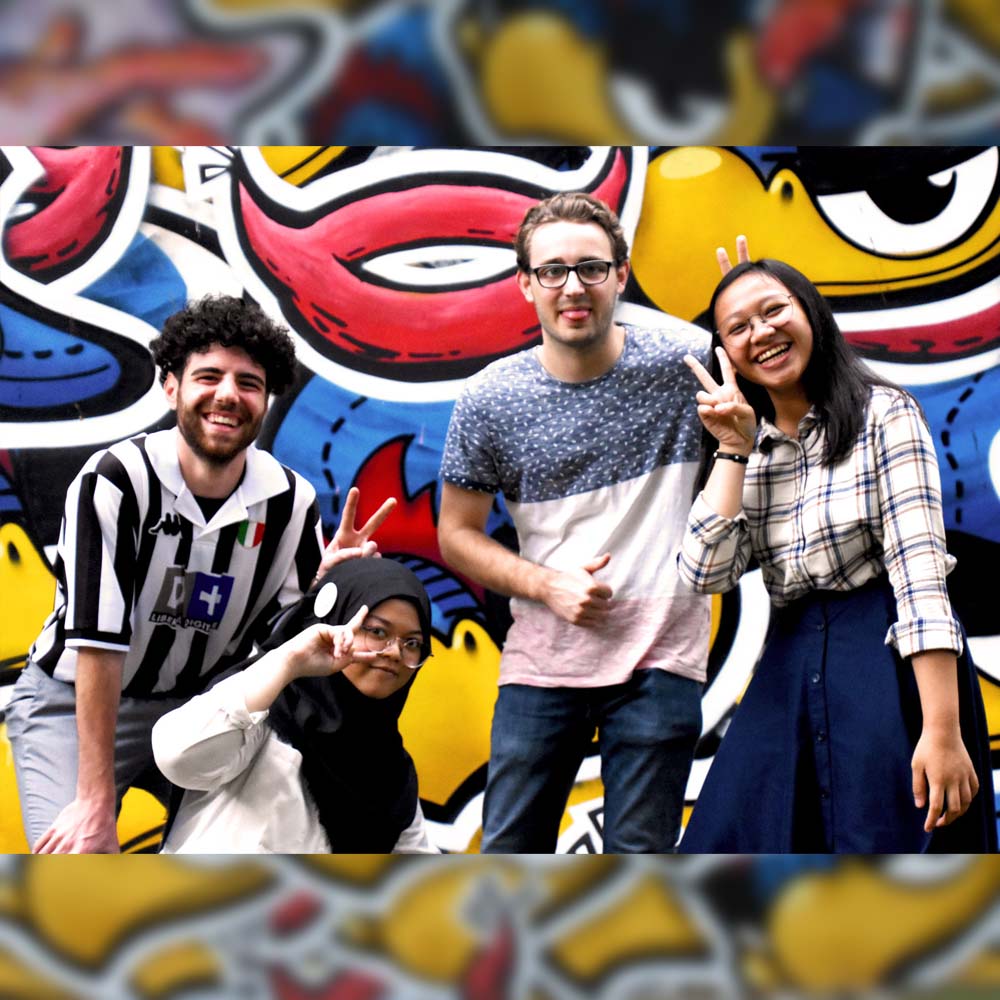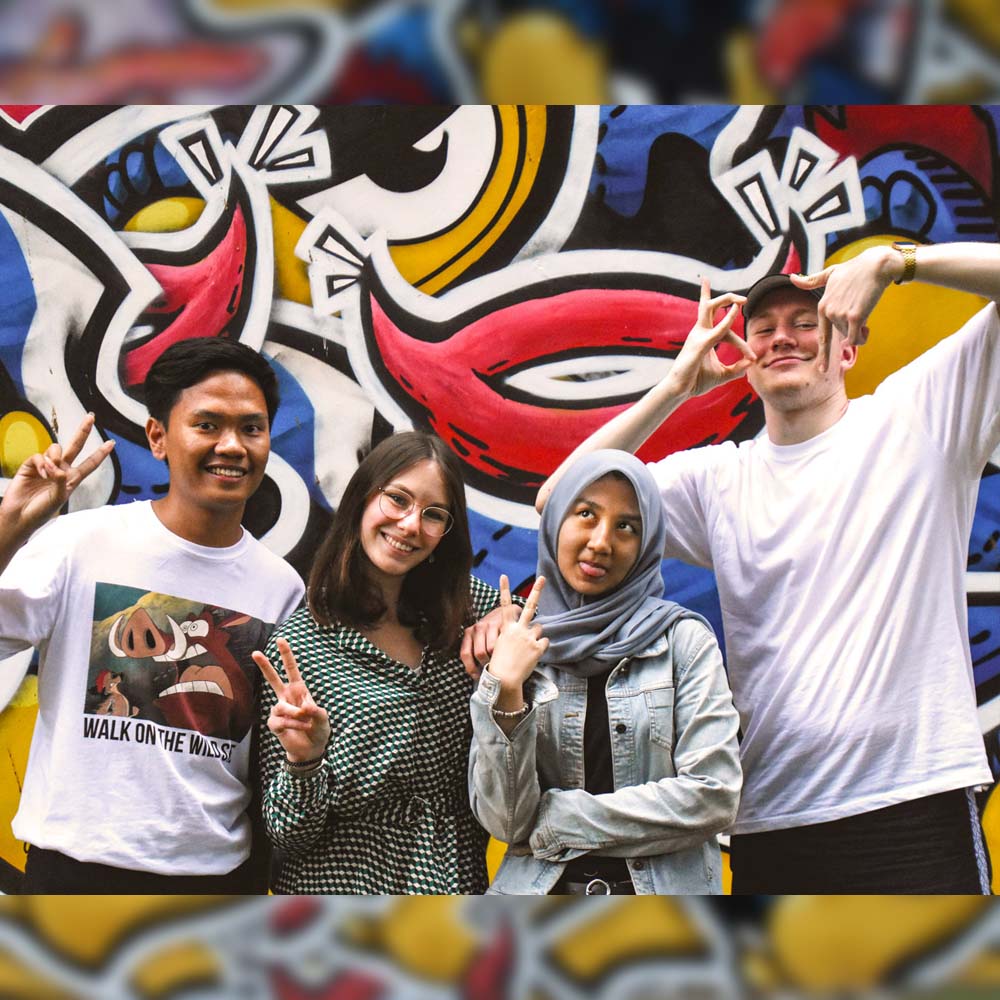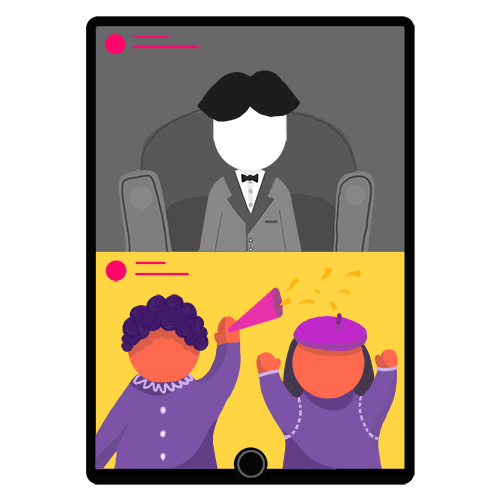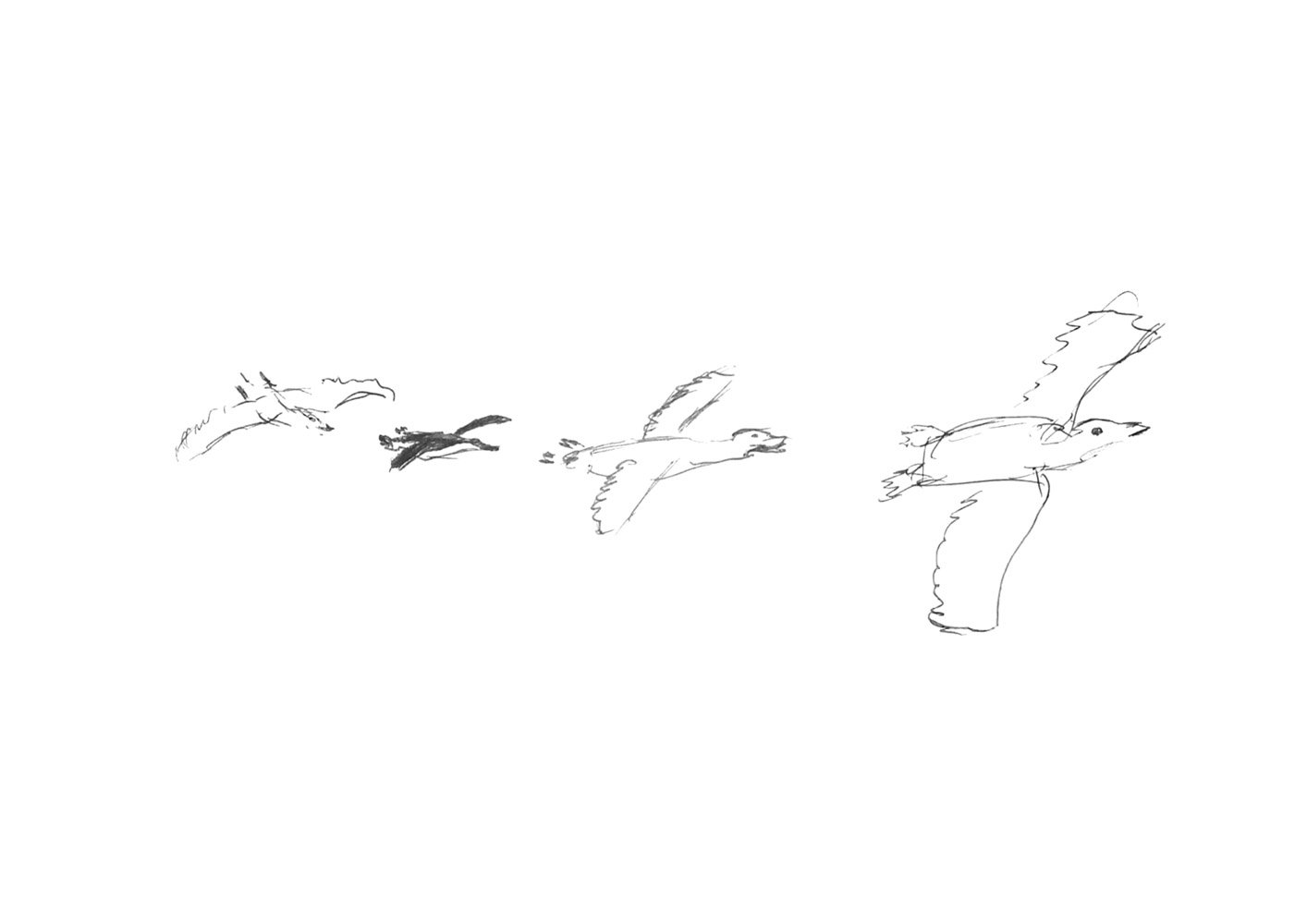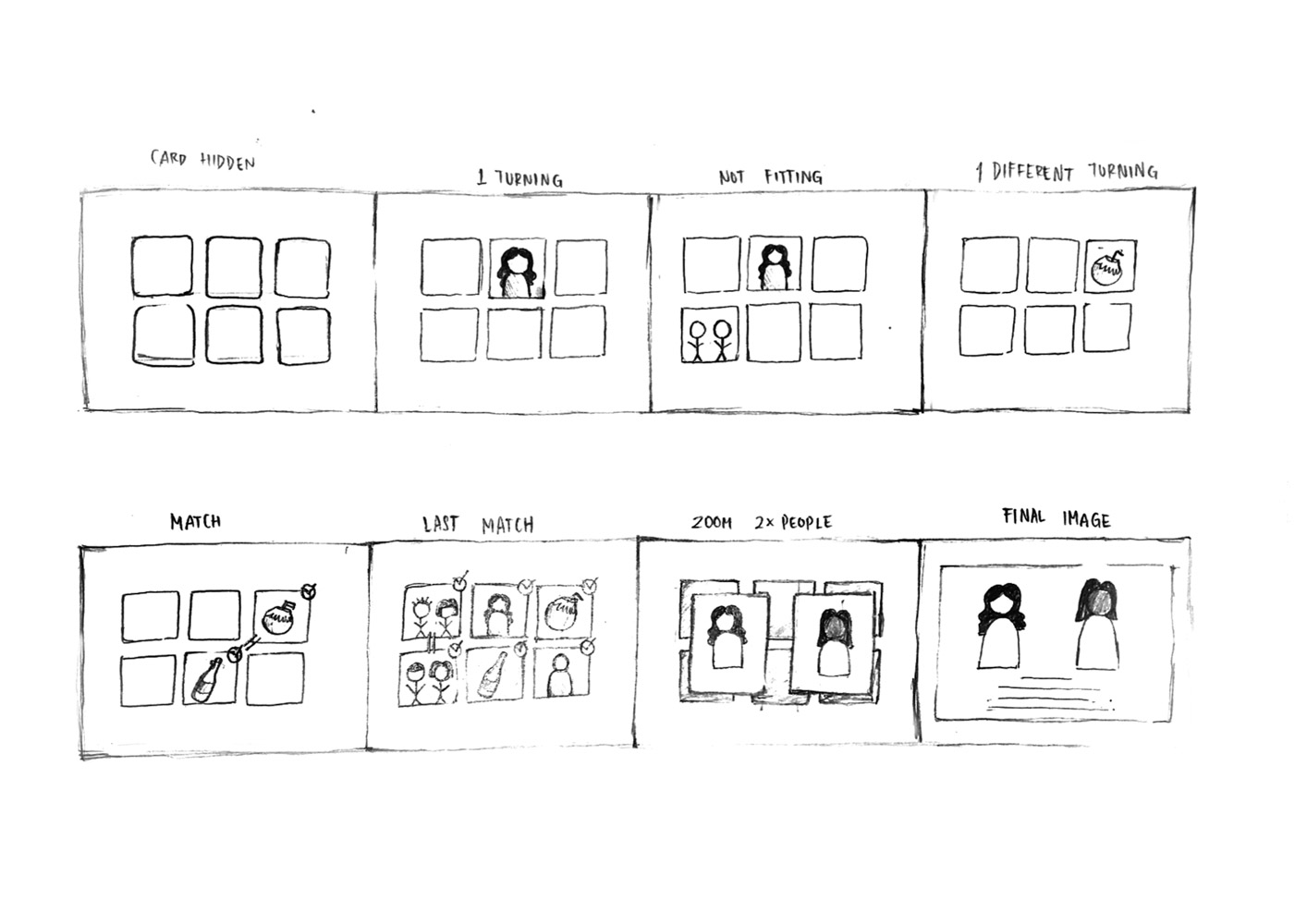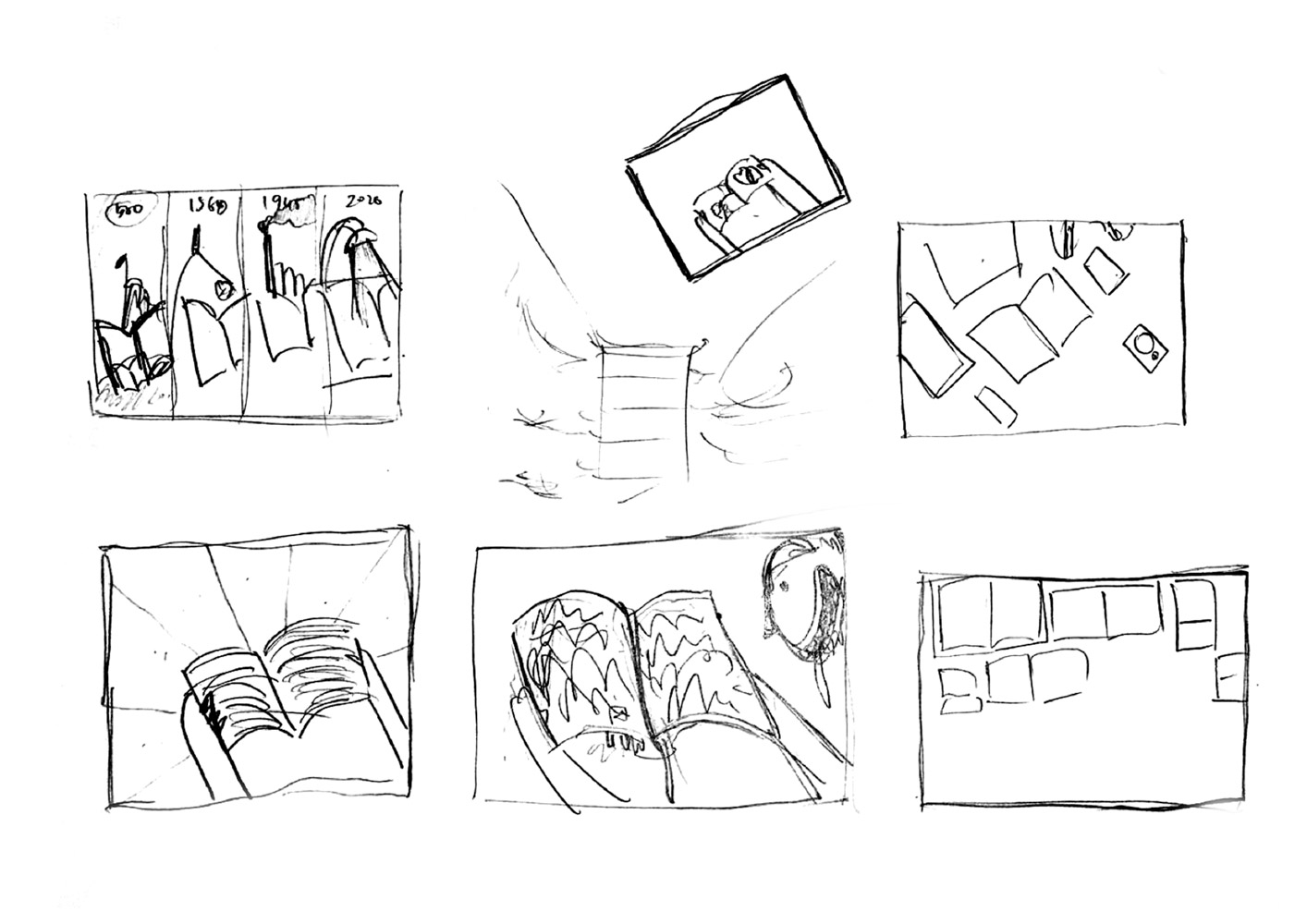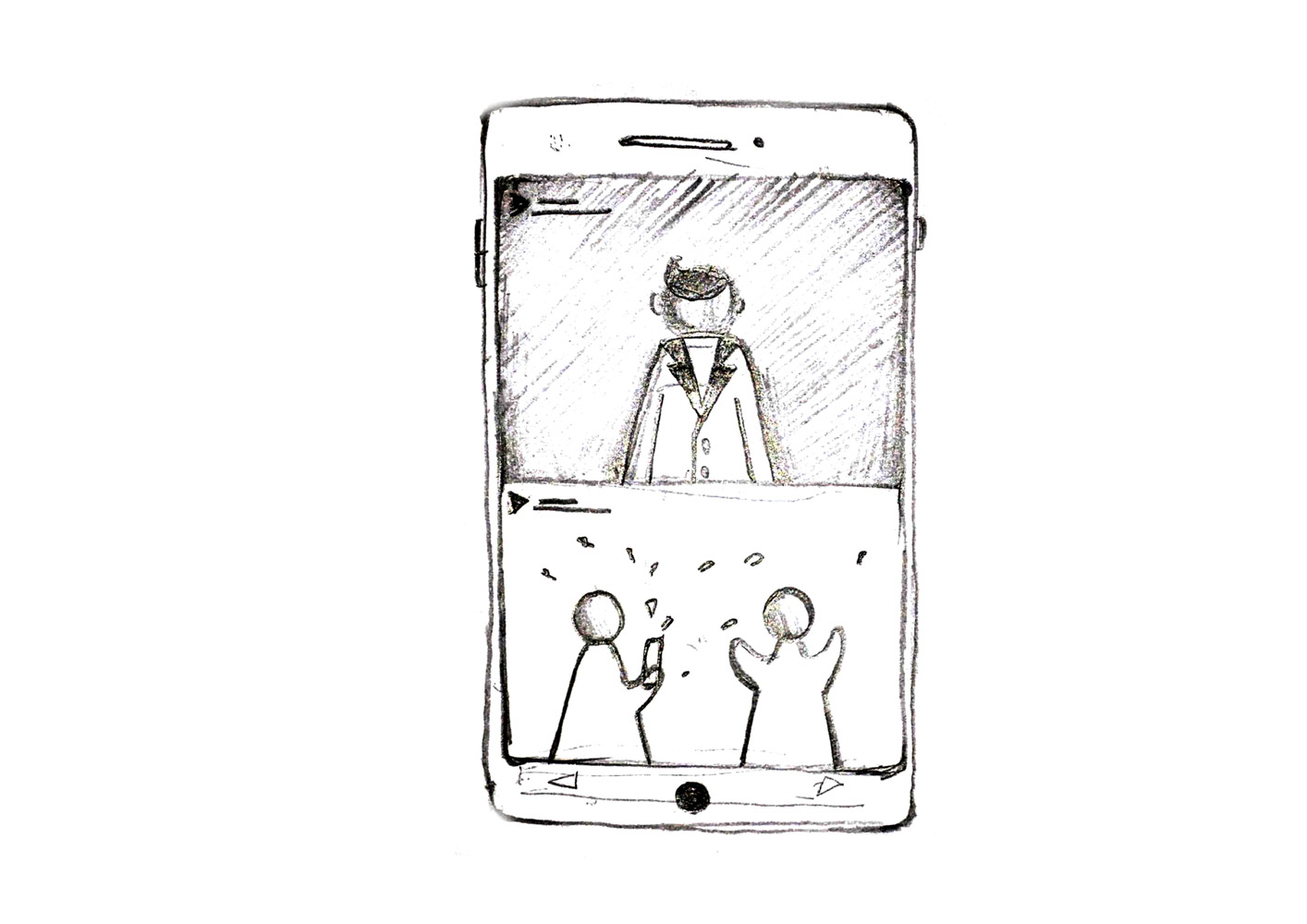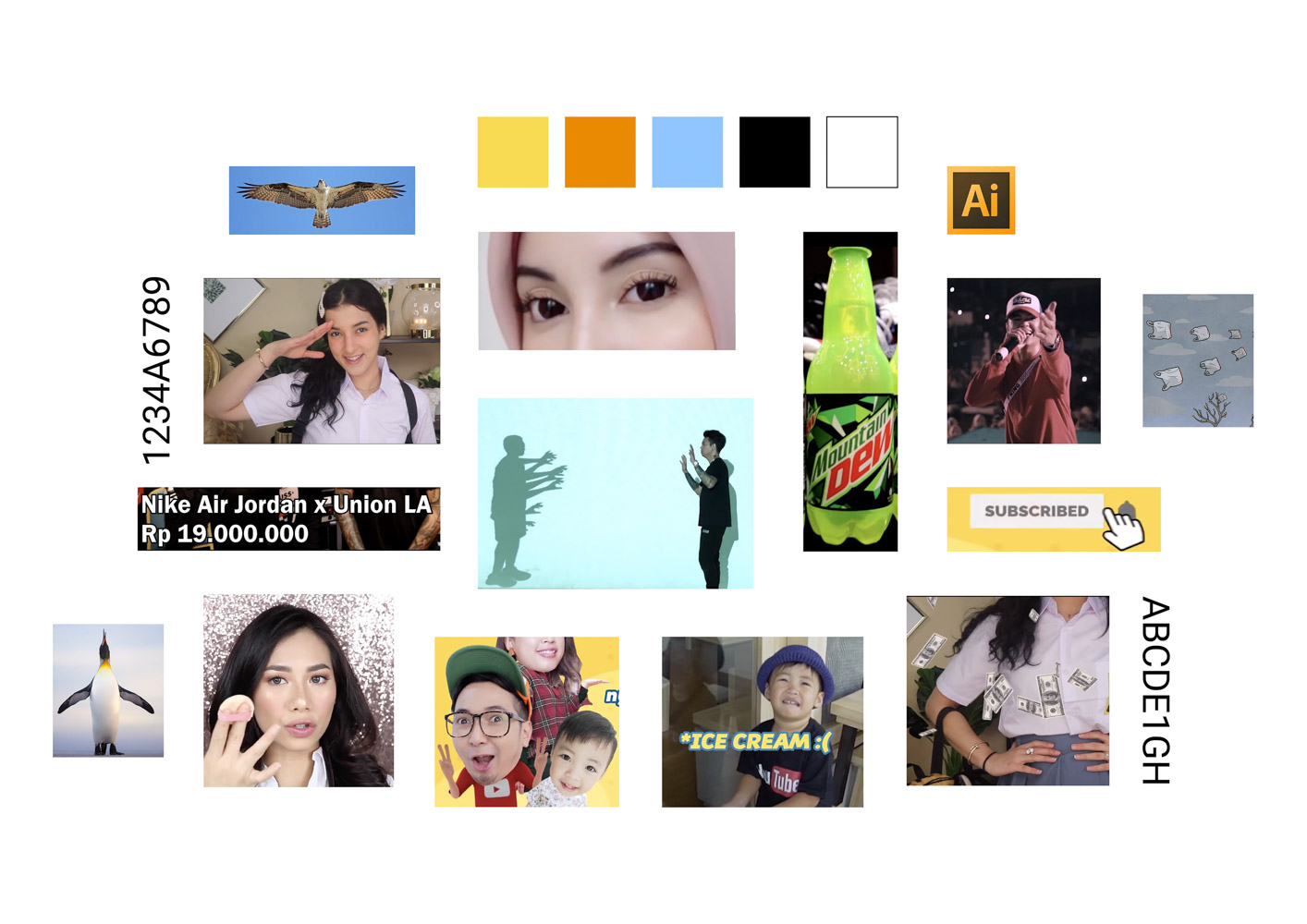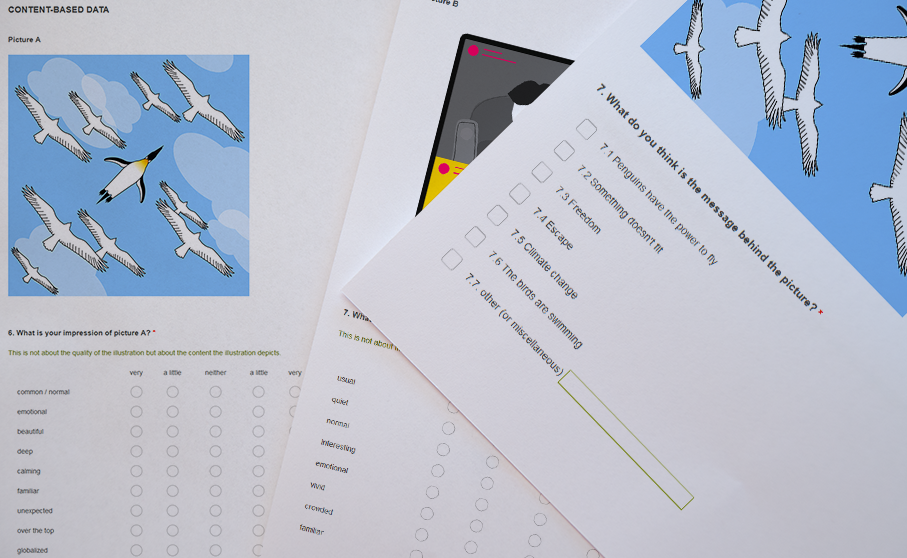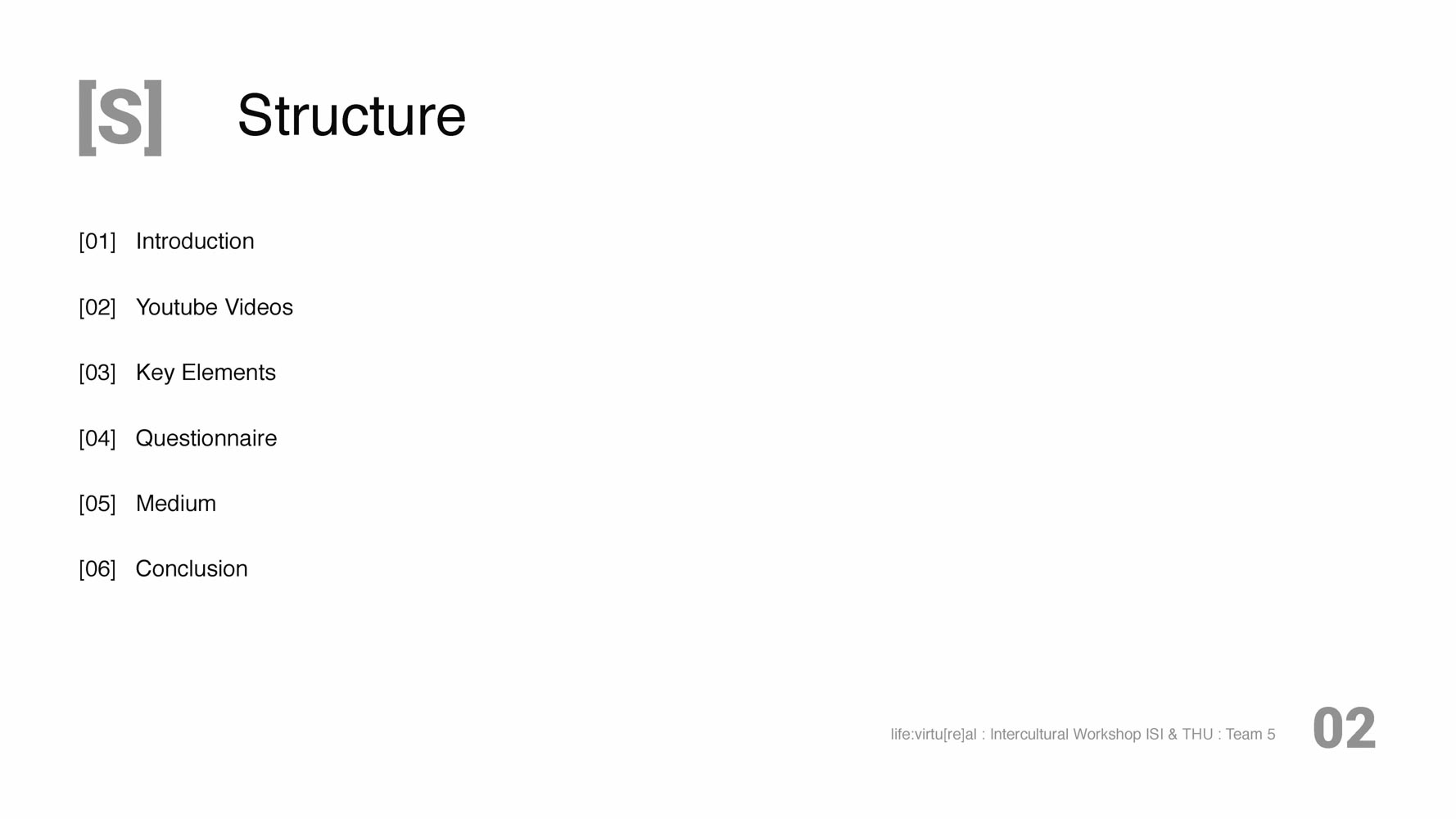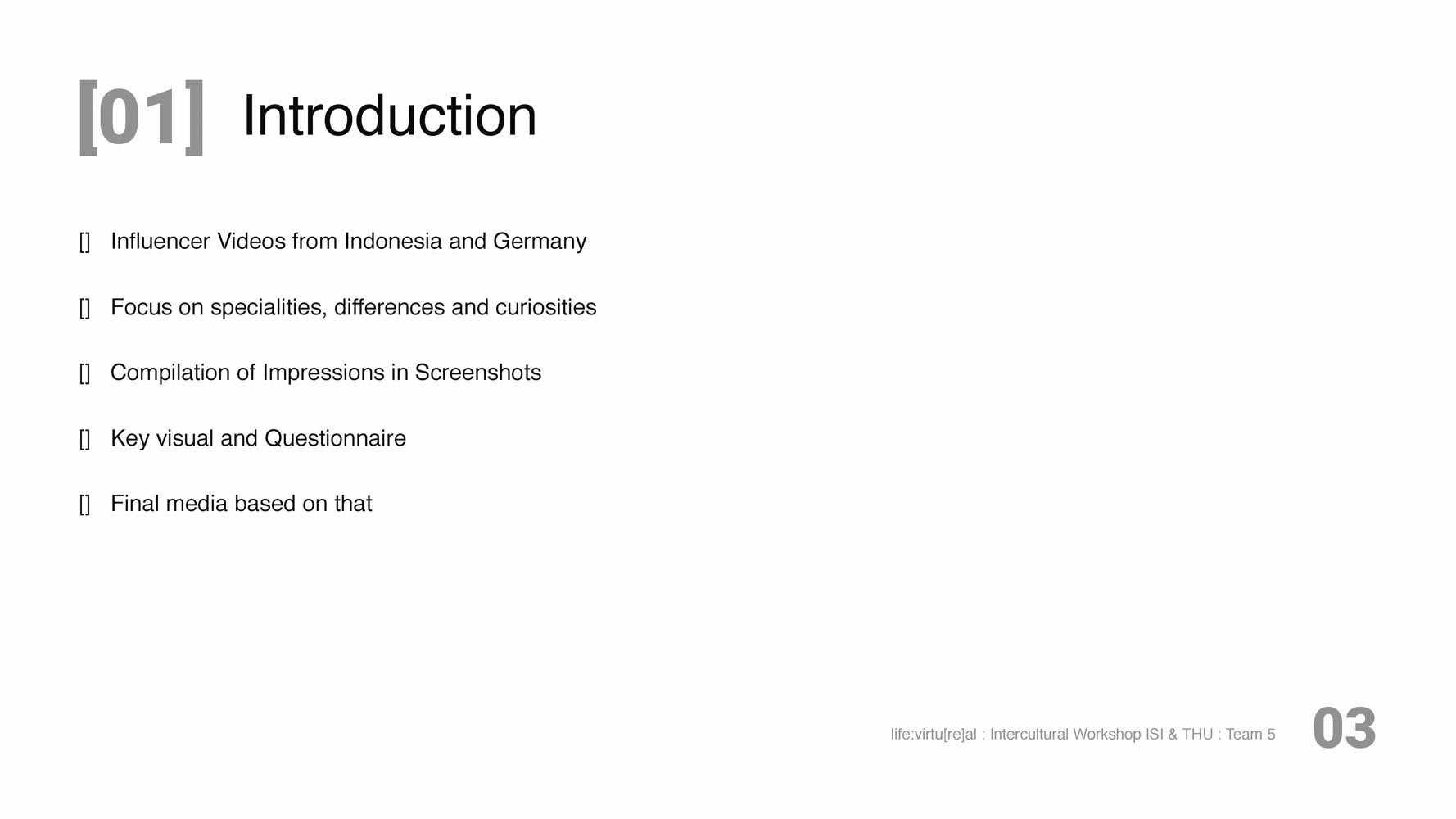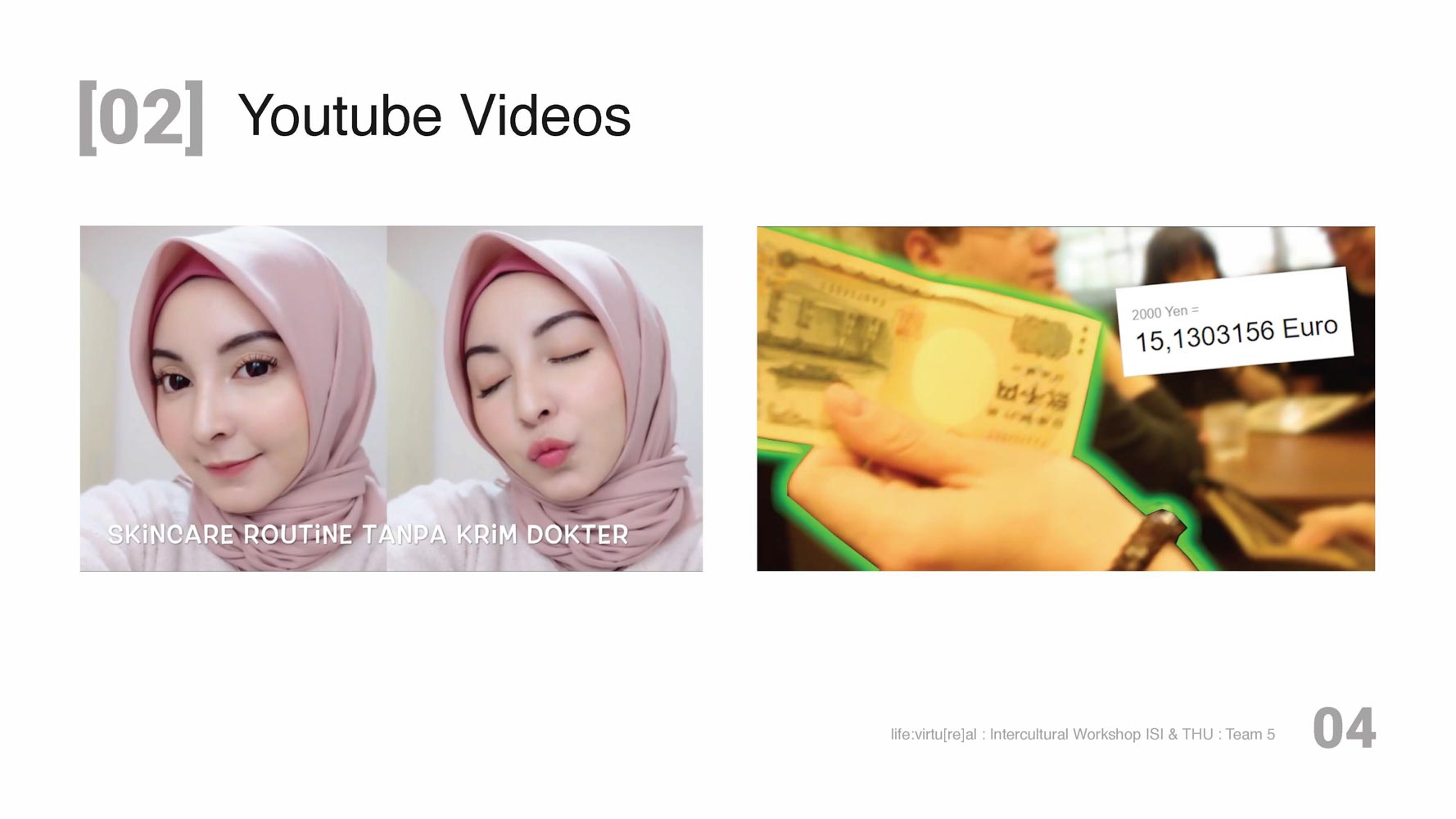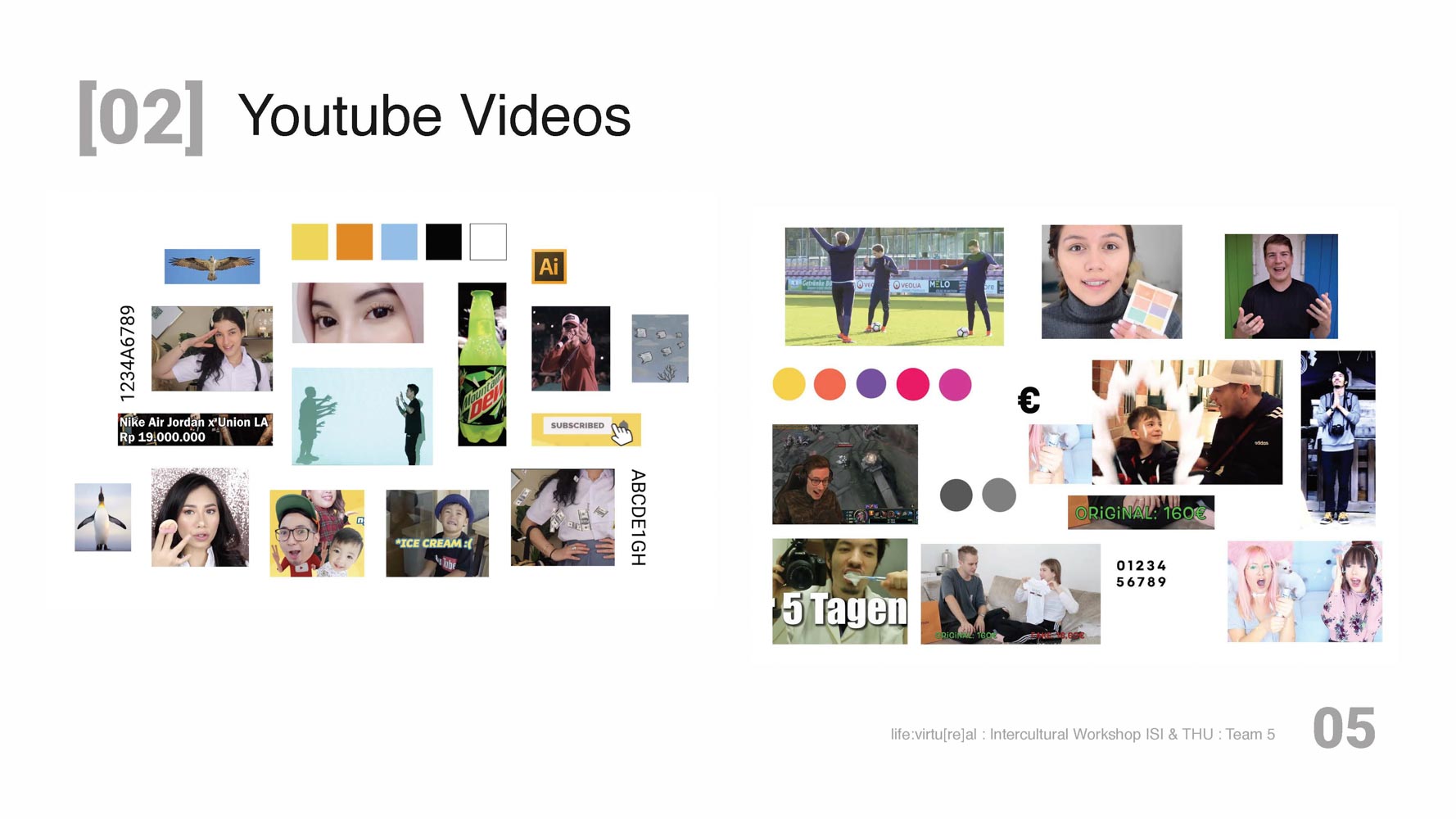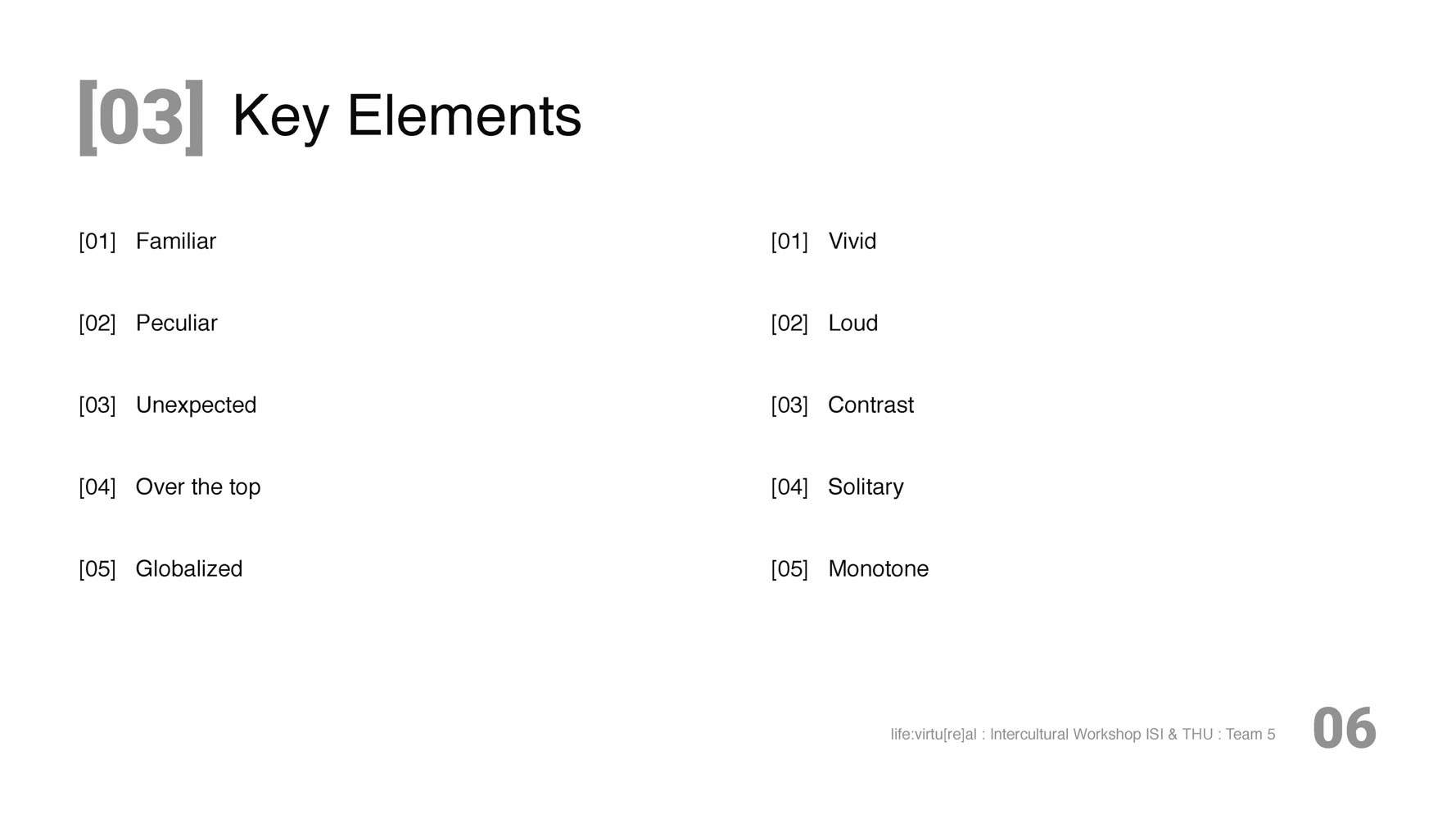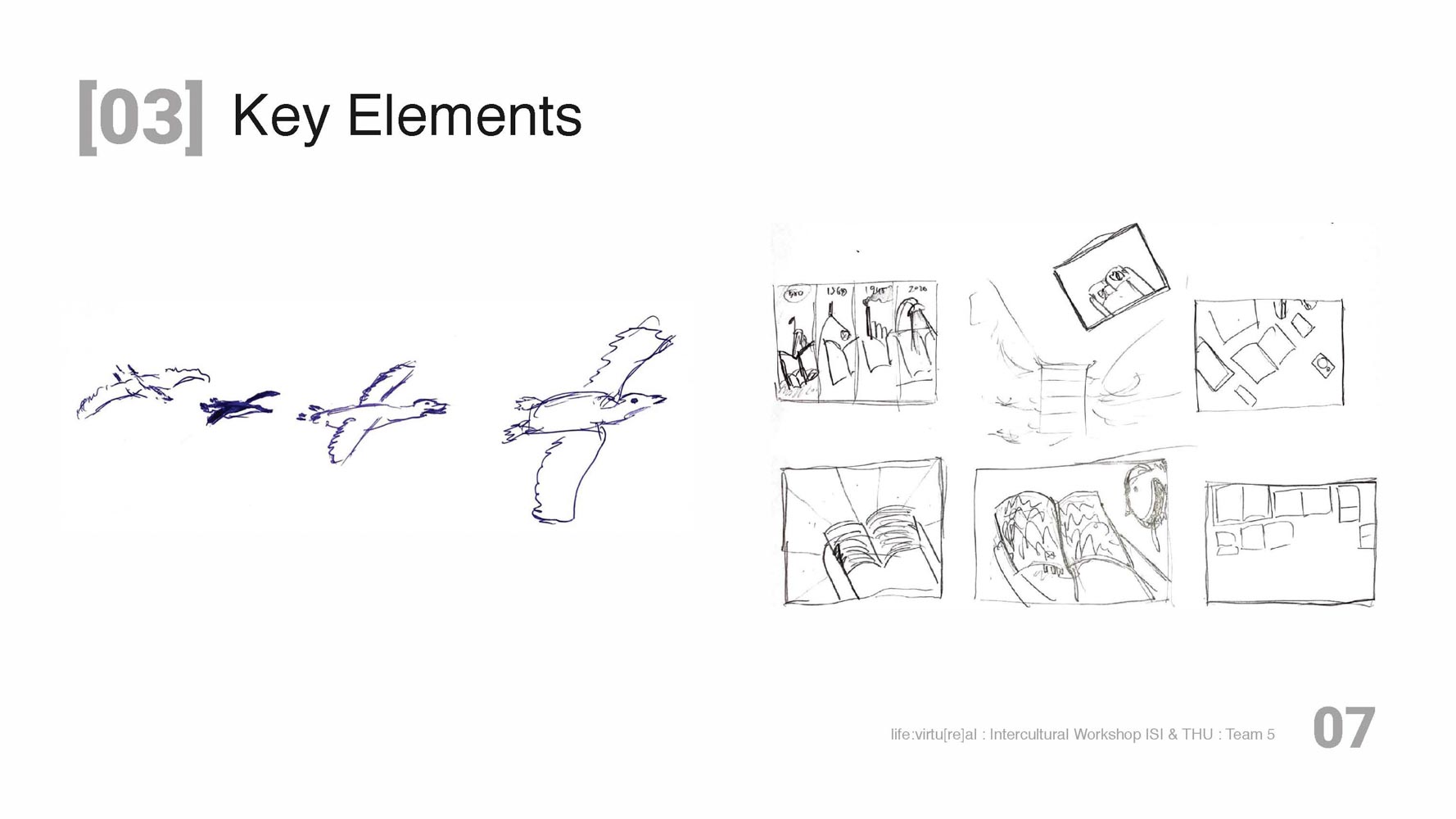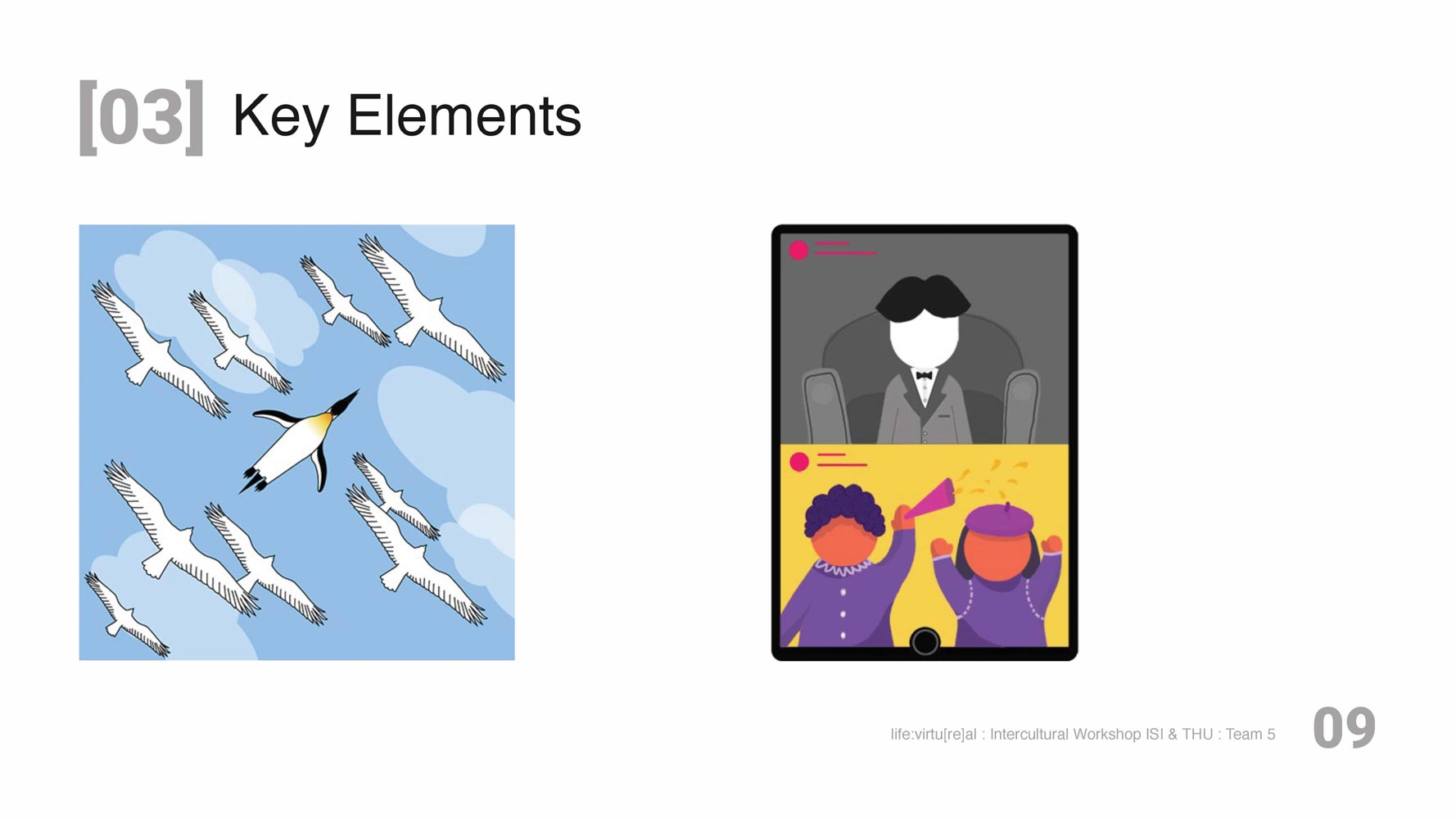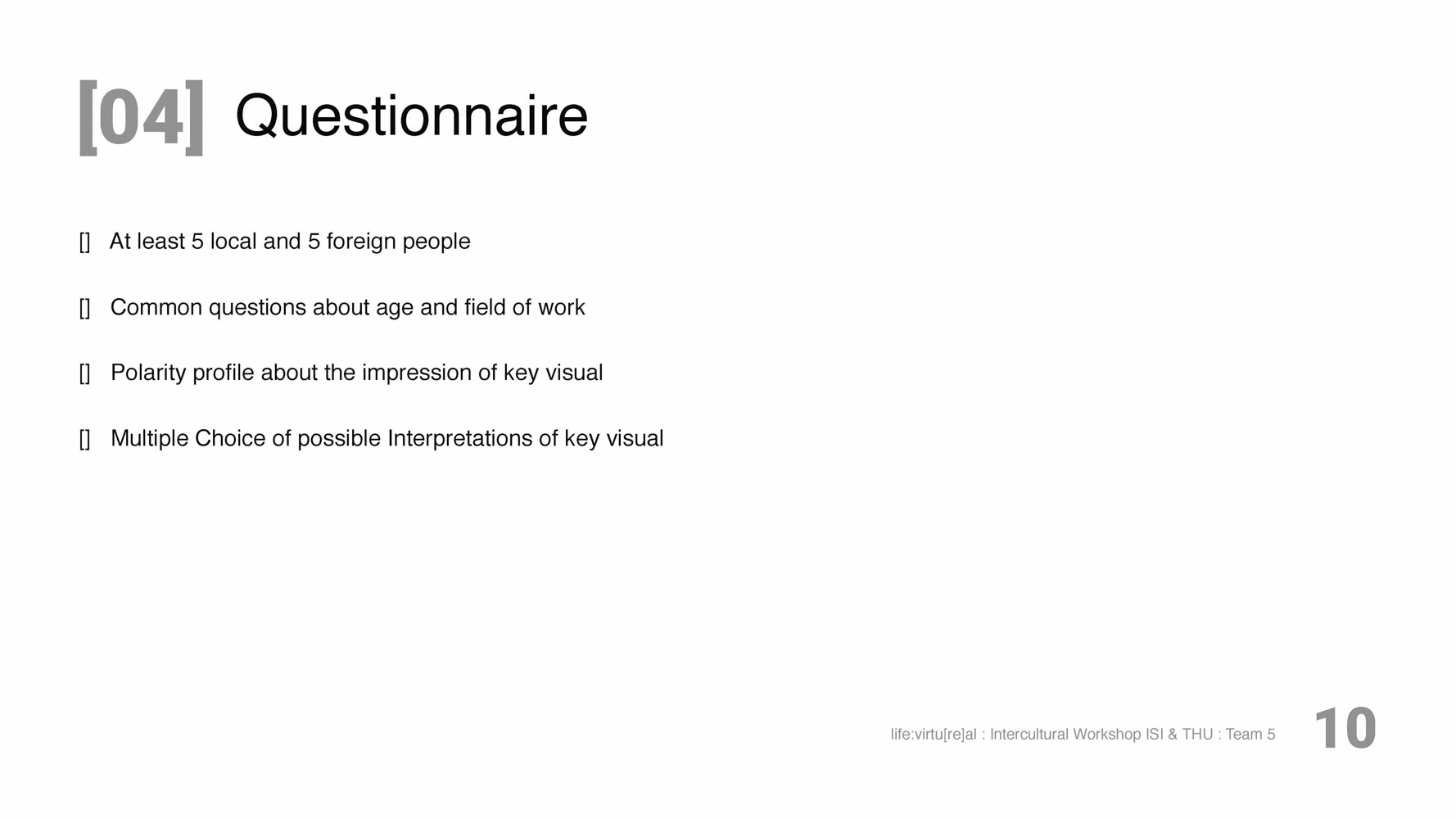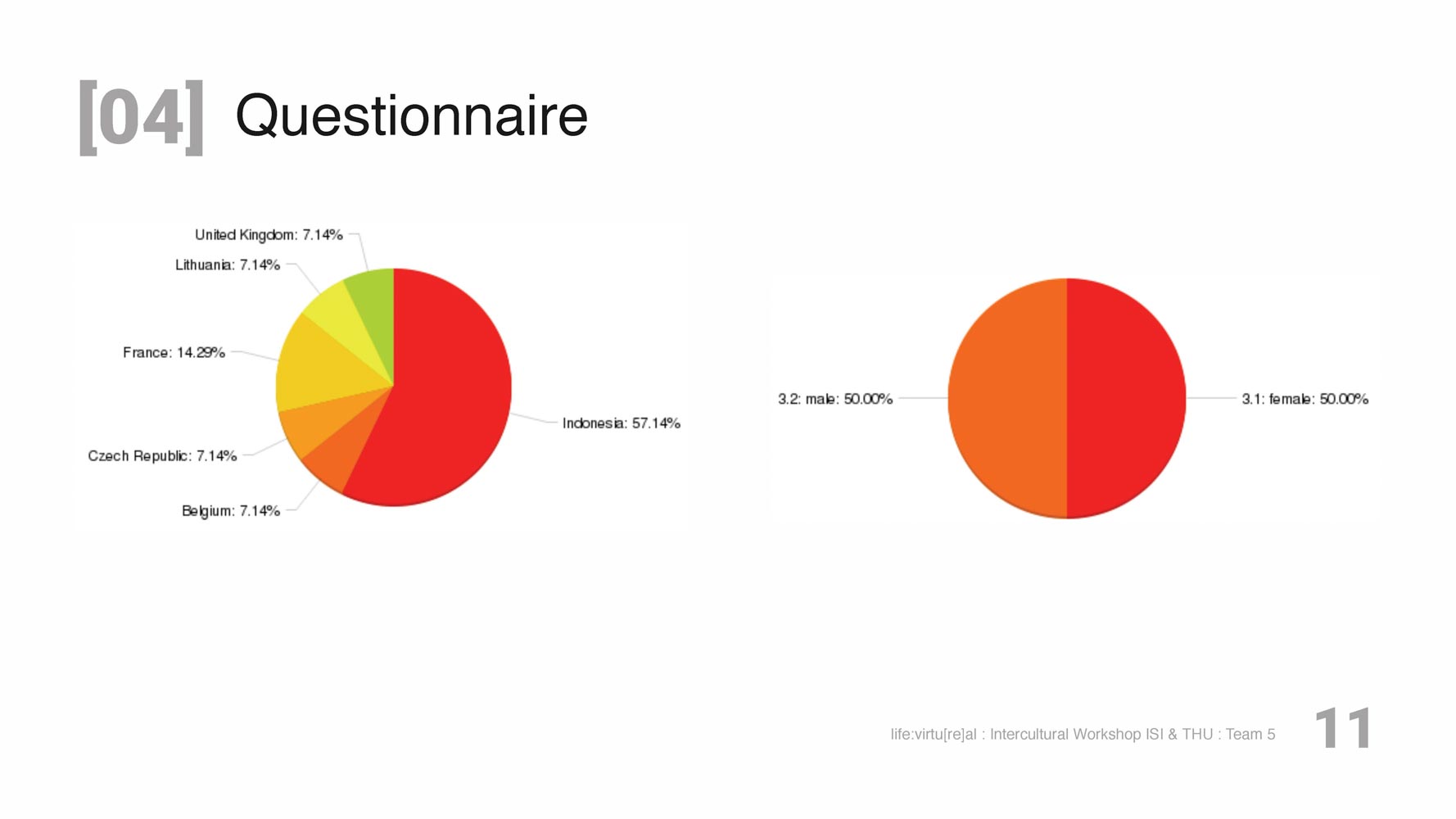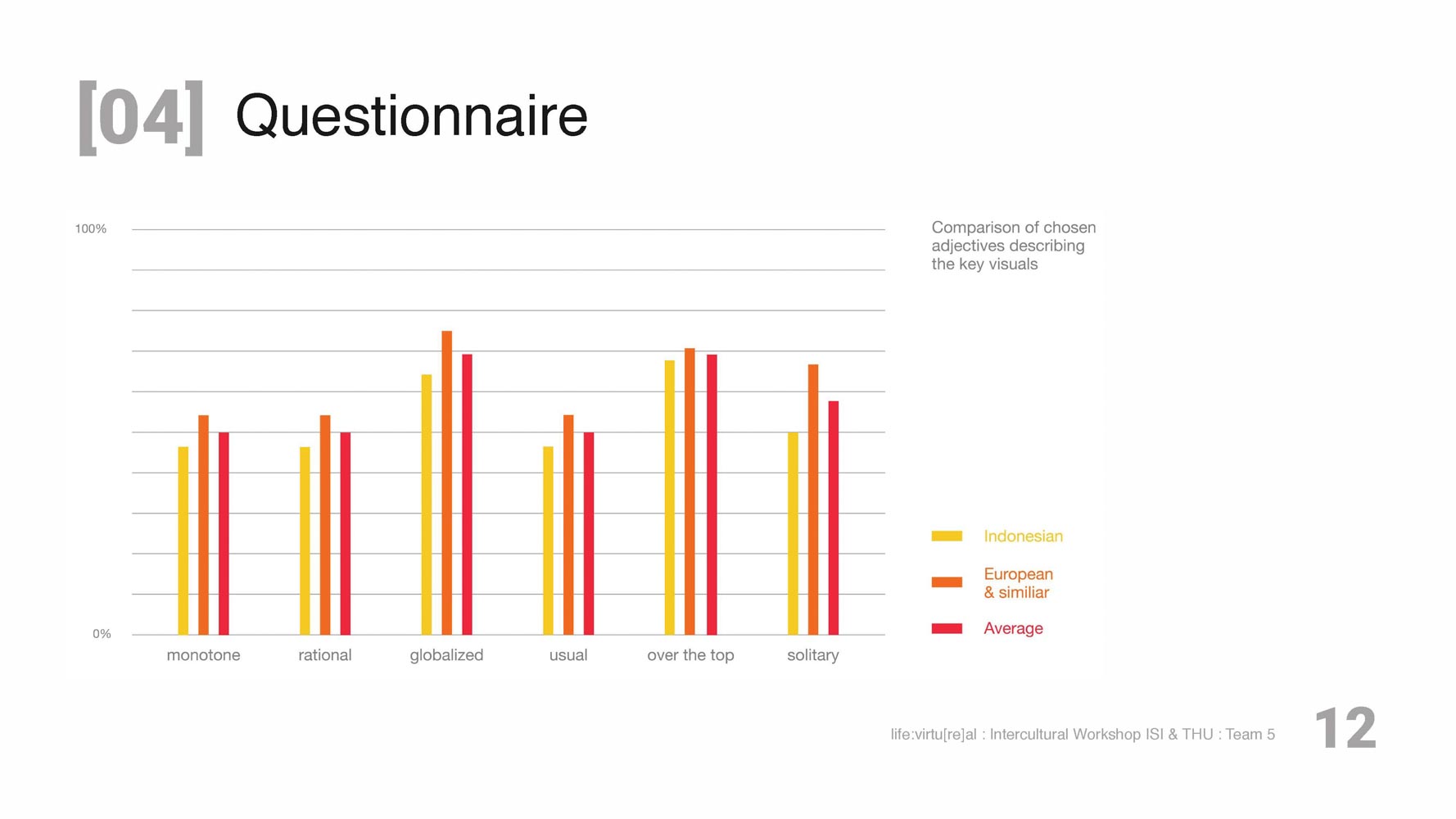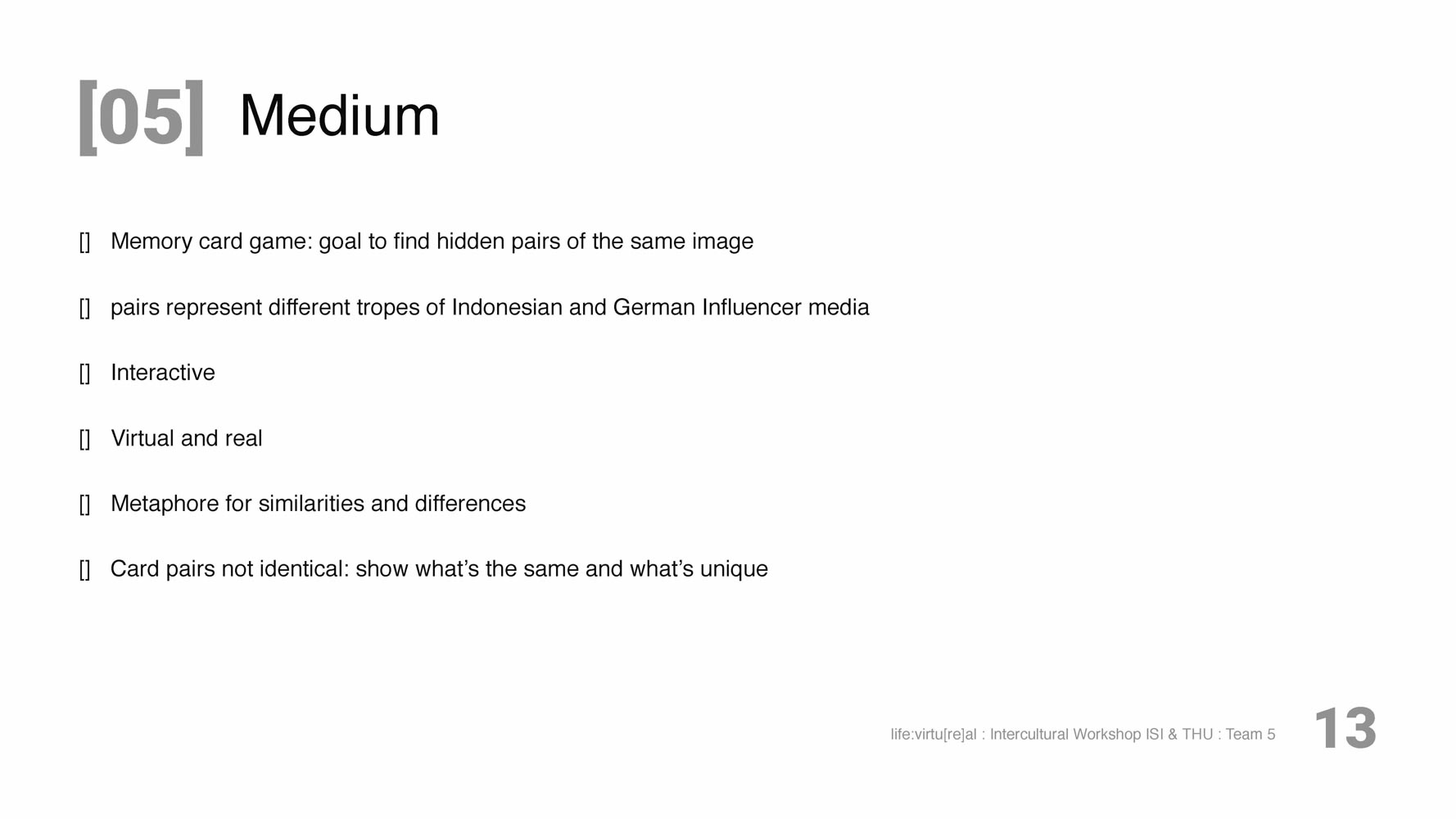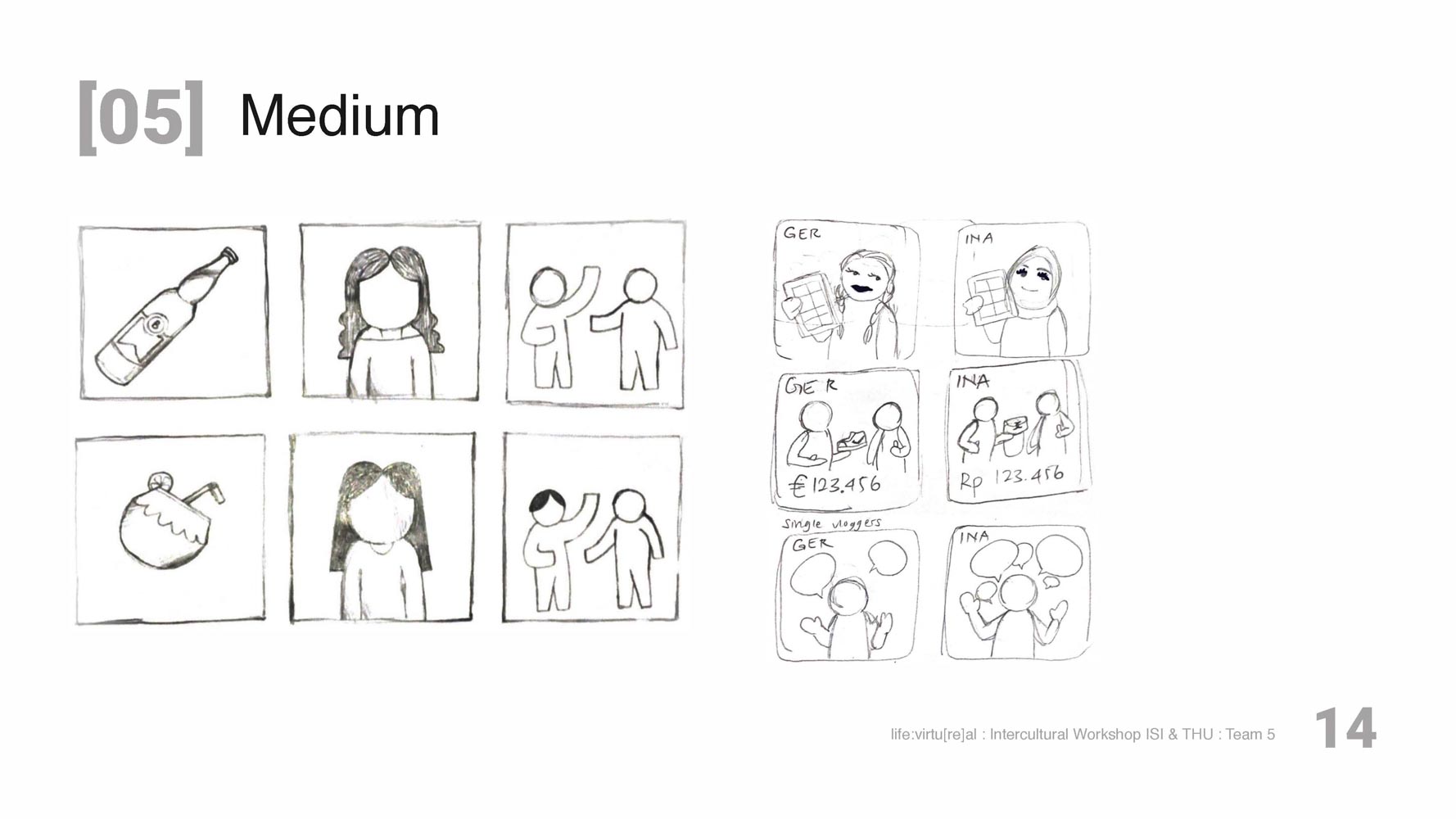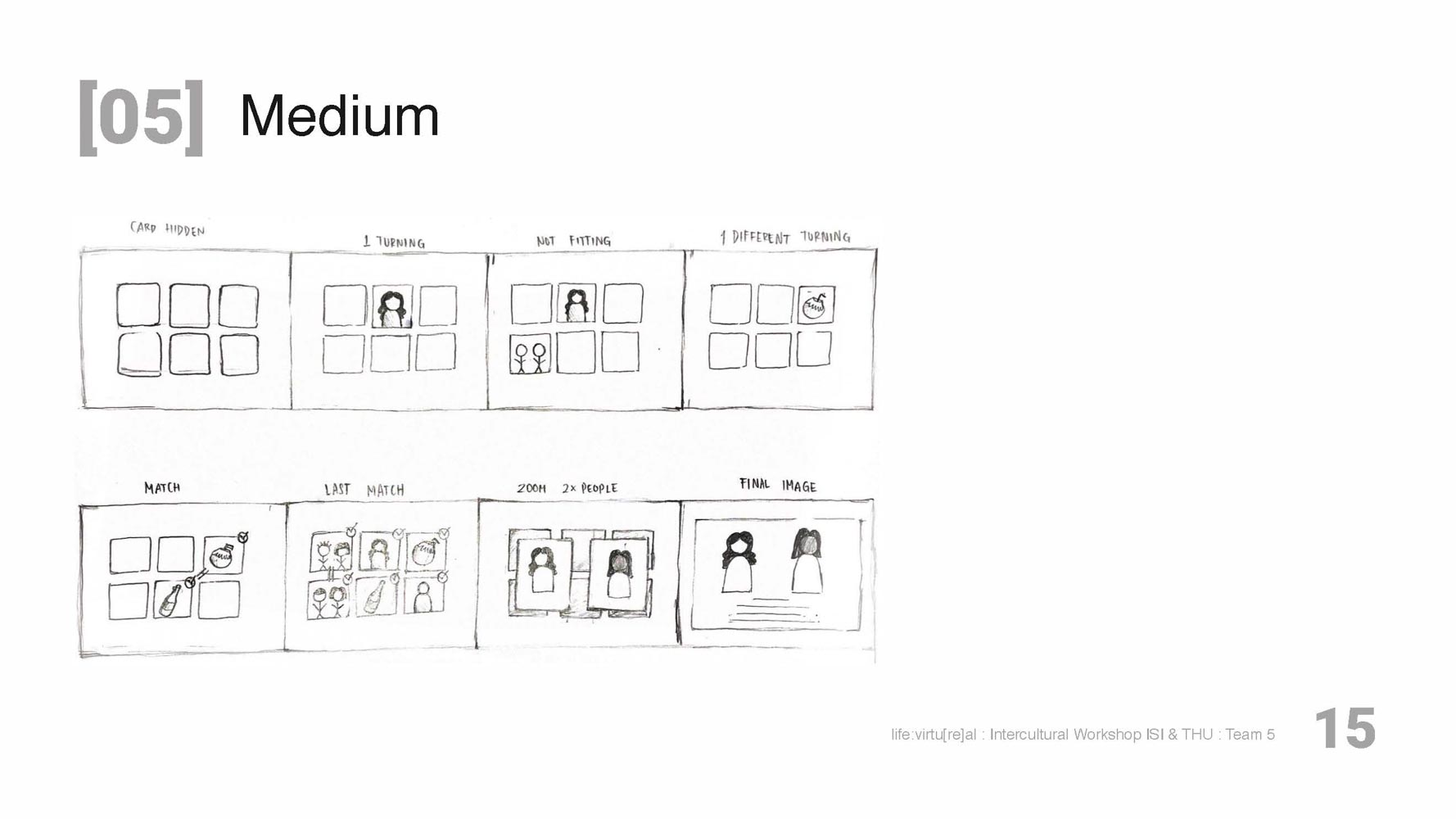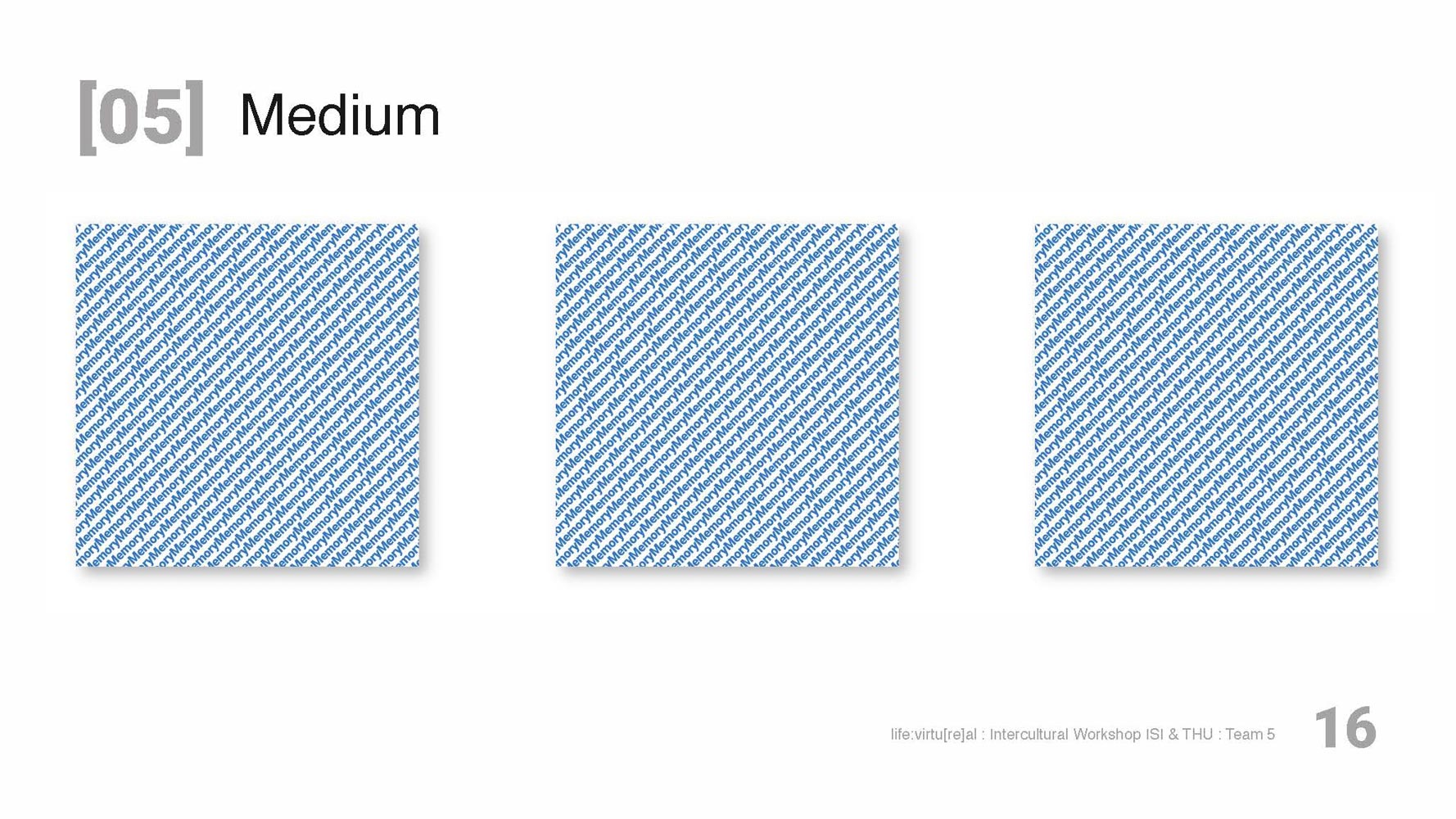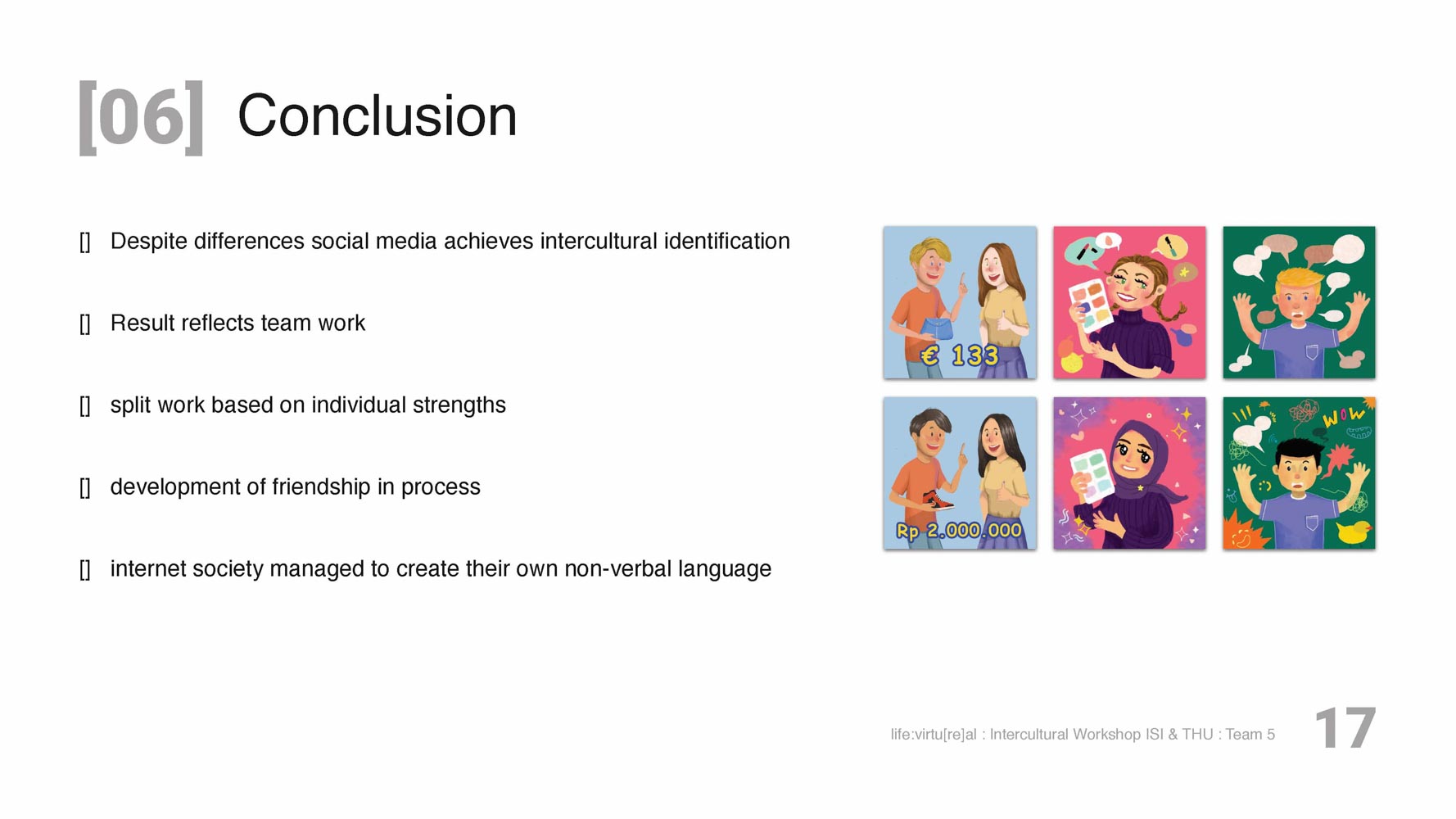While our first goal was to point out the differences between two cultures located half a globe apart, we quickly realized that there were not as many as we expected. In fact, through globalization and especially social media, there is a very strong connection between them.
This aspect was present in the videos because in the Indonesian videos the way of talking, the gestures, the topics as well as the video editing style were nearly identical to german influencers.
In the German videos, there was a sense of similarity when there were two or more people included. In these cases the expressiveness really suited the Indonesian influencer style, which is communicative, fun and loud.
In the questionnaire, we pointed out the similarities as we chose the filter to first only work out abnormalities from the Indonesian answers. Second, we did the same for german answers and then compared them. Additionally, we also compared males and females as well as intercultural and monocultural.
With all the insights gathered through each step, we were able to create a unique expression of cross-cultural collaboration in the form of a prototype. The prototype is about a game of memory cards. For those that don’t know, in a game of memory, it is the goal to find hidden pairs of the same image. In this case, all of the pairs represent different tropes of Indonesian and German Influencer media. The pairs might look different in detail but they are still about the same thing, showing that even though the presentation varies, Indonesian and German media still contain the same content. Internet culture is a big melting pot for cultures across the world which leads to international communication being as simple as watching a YouTube video.
That there were only a few differences was conspicuous but they really stuck in our minds. The similarities, on the other hand, formed the majority, for example, mimic, gestures, structures, ways of talking or pronouncing and production value. The overlaps were much more frequent and common than already expected. It went so far that sometimes you even understood what was going on and could interpret the speaking.
In the end, the biggest impact on us was represented by the fact that despite the fundamental cultural barriers, today’s internet society managed to create its own non-verbal language.
